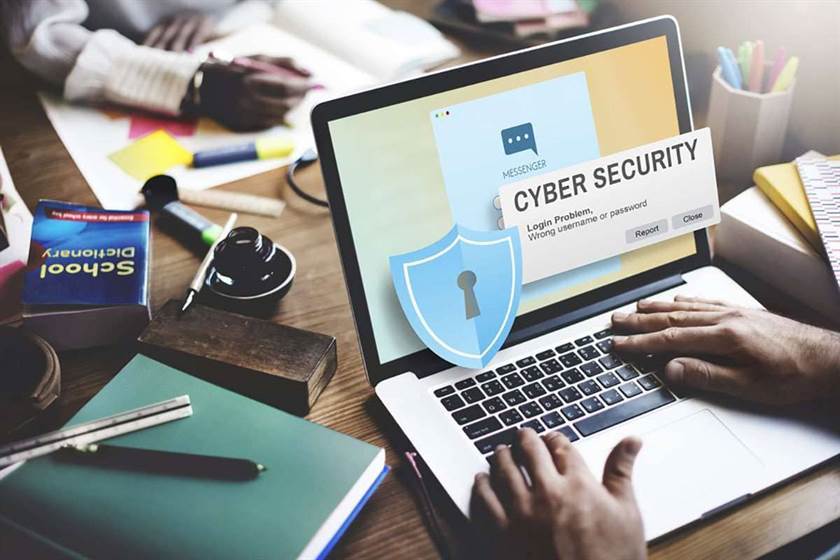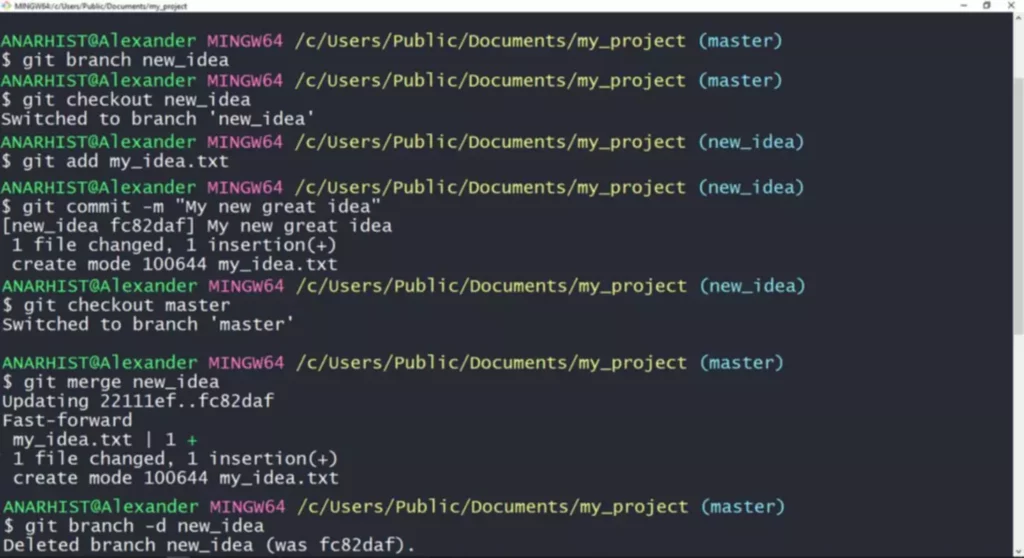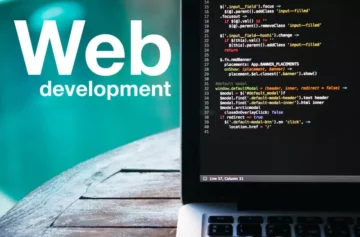What Is DevSecOps: Definition, Benefits & More
If the application passes the tests, it is moved to the production environment. Scanning source code can’t give you the same rich insights you can get by observing the application when it is running in production. To align with the high degree of automation present in most CI/CD tool chains, your DevSecOps security tooling needs to run with complete automation — no manual steps, no configurations, no custom scripts.
- Ultimately, DevSecOps is important because it places security in the SDLC earlier and on purpose.
- Knowing what OSS is being used, by which developers and in which builds and releases is of huge importance.
- The test phase uses dynamic application security testing tools to detect live application flows like user authentication, authorization, SQL injection, and API-related endpoints.
- Common DevSecOps tools include static code analysis tools, dynamic application security testing tools, vulnerability scanning tools, and security information and event management tools.
- DevSecOps integrates security auditing and penetration testing into agile development.
Traceabilityallows you to track configuration items across the development cycle to where requirements are implemented in the code. This can play a crucial part in your organization’s control framework as it helps achieve compliance, reduce bugs, ensure secure code in application development, and help code maintainability. Shifting left allows the DevSecOps team to identify security risks and exposures early and ensures that these security threats are addressed immediately.
People, Process, and Technology
Organizations use DevSecOps and Agile methodologies together to develop secure applications and software efficiently. They both promote collaboration, iterative development, and automation wherever possible. While similar to the definition of DevSecOps, what sets SecOps and DevSecOps apart is that DevSecOps makes security a part of the delivery process instead of a separate function. SecOps promotes automation and built-in security, but it remains a set of separate teams and processes.
Security a Top Priority in the Software Development Process, Report … – Nextgov
Security a Top Priority in the Software Development Process, Report ….
Posted: Thu, 20 Apr 2023 07:00:00 GMT [source]
Developers may view security as an obstacle to quickly producing code, while security personnel may consider developers’ focus on speedy deployment a threat to prudent security. For DevSecOps to work effectively, the teams need complementary performance objectives. The IT infrastructure landscape has undergone exponential changes over the past decade. The shift to agile cloud computing platforms, shared storage and data, and dynamic applications has brought huge benefits to organizations looking to thrive and grow through the use of advanced applications and services. Every organization with a DevOps framework should be looking to shift towards a DevSecOps mindset and bringing individuals of all abilities and across all technology disciplines to a higher level of proficiency in security.
Cloud roadmap
Every DevSecOps project is unique, but there are common elements most organizations will need to implement DevOps successfully. Learn about the 8 elements you need to implement DevSecOps in your organization, and best practices to take your DevSecOps program to the next level. There are a variety of tools, inclusive of SAST, SCA, IAST, and others that enable DevSecOps as a concept and process to be as valuable as possible. The process of DevSecOps is not something that can be done without some assistance from tools.

They also audit access tokens and API keys to ensure limited access in the spirit of the principle of least privilege. In addition to creating a plan, this phase also engages in security analysis to determine the number of security controls necessary for a given application. This may involve conducting a risk/benefit analysis and determining the risk tolerance an organization can stomach. DevSecOps emerged from DevOps, integrating an added application security layer to an SDLC approach typically geared only towards rapid and frequent development cycles. That said, even with devsecops, some tasks will still need to be performed by security professionals and manual testing still has its role to play.
The Top 8 DevSecOps trends in 2022
Security problems are frequently overlooked or are taken into account insufficiently during the initial design and in the delivery process. The obvious benefit of this approach is that you can quickly identify vulnerabilities and work on resolving them. Additionally, the sooner you apply security testing to discover security threats, the less expensive it will be to address them. Adding additional security tests naturally slows down the development pipeline, which may cause frustration among your development team. Keeping as much as possible automated will help maintain a high level of throughput.

This concept is part of “shifting left,” which moves security testing toward developers, enabling them to fix security issues in their code in near real time rather than “bolting on security” at the end of the SDLC. DevSecOps spans the entire SDLC, from planning and design to coding, building, testing, and release, with real-time continuous feedback loops and insights. Fortinet is in a position to assist in your deployment of sound DevSecOps processes. With theFortiDevSecproduct, you are in a position to enable the detection and remediation of vulnerabilities continuously. Automating application security testing and the detection of security threats in open source, third-party libraries, and throughout development is crucial to the success of any system development lifecycle. It integrates security measures into each stage of the DevOps software development lifecycle —making security part of the continuous integration/continuous delivery (CI/CD) pipeline.
IT Service Management
In the past, the role of security was isolated to a specific team in the final stage of development. That wasn’t as problematic when development cycles lasted months or even years, but those days are over. Effective DevOps ensures rapid and frequent development cycles , but outdated security practices can undo even the most efficient DevOps initiatives. VxWorks also provides built-in https://globalcloudteam.com/ security capabilities such as cryptographic services and access controls that can be evaluated through automation. This ensures that developers are using these security capabilities to their fullest. The Studio industry-leading real-time operating system , powered by VxWorks®, offers a platform for instrumentation, along with native support for third-party security tools.

Together, Synopsys Intelligent Orchestration and Code Dx® provide an ASOC solution that integrates within the SDLC to mitigate software risk and build security into DevOps. It is an ASTO solution that, when combined with an AVC solution like Code Dx , provides a holistic ASOC approach. This provides a necessary foundation for organizations to bridge process gaps, facilitate collaboration between stakeholders across security and development, and fully migrate to DevSecOps. The DevSecOps model requires devsecops software development development and operations teams to do more than just collaborate. In DevSecOps, security teams join DevOps teams at the beginning of iteration and work with the development and operations team from the early stage of thinking about infrastructure and application security. This way, the development lifecycle starts with test-driven development where consistent testing leads to secure code, avoids last-minute delays through spreading the work predictably and consistently throughout the project.
It’s Time to Revolutionize Your Security
Ideally you want to scan and Identify license compliance and vulnerability issues on all of your OSS components as early in the development process as possible. Knowing what components you have across your entire application portfolio and keeping track of them is an absolute must and should ultimately be automated. This should be an integral part of your CI/CD pipeline, to keep your development and release velocity on track.

Centralized log management is essential to DevSecOps organizations to maintain security. DevSecOps tools are built to enable process automation to enhance the SDLC. Since security is at the crux of every step during the DevSecOps, it’s even more valuable to automate practices to eliminate human error and conduct testing, monitoring and other tedious, repetitive tasks. Examples of security processes that can be automated in DevSecOps include web application scanning, container scanning, and vulnerability scanning. SecOps refers to a methodology that automates security tasks and combines security teams with operations. Designers, programmers, and security professionals consider security threats that occur throughout the lifecycle to create vital automation.
DevSecOps: Implement security checks on Gitlab
Since SecOps automates most mission-critical tasks, security is baked-in. Vulnerabilities kept finding a way in, giving a hard time to organizations and making it tricky to release apps faster. A good deal of time was lost during the development lifecycle in back-and-forth movements, and even after investing it all, security loopholes still weren’t closed. Another severe bottleneck was obsolete compliance monitoring and security tools that failed to cater to evolving security needs. And, since these were complex and expensive, replacing them at the pace of change was challenging.


